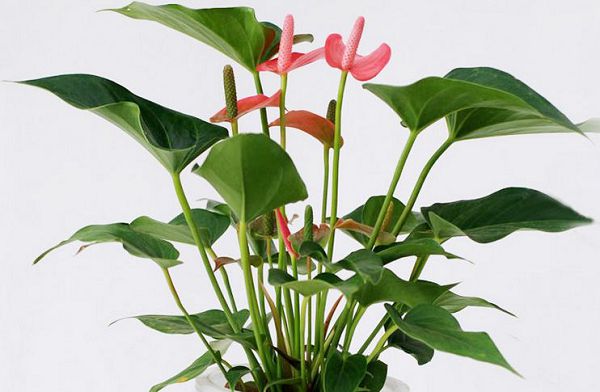Cultivation techniques of potted flower geranium
1. Geraniums are planted in spring, planted in the south, and pot-planted indoors in the north. When planting, you should choose places that are not easy to accumulate water, and the soil is required to be loose, fertile and well drained, preferably sandy loam. The pot cut chooses the mixed culture soil of rotten leaf soil, garden soil and sand.
Put tiles at the bottom of the pot before planting to facilitate drainage. Generally, it is first planted in a small basin without base fertilizer, and then moved into a larger basin after maintenance for a period of time. At this time, an appropriate amount of rotten barnyard manure can be applied in the basin as base manure, and the culture soil can be loaded on it. The root system should not be in direct contact with the base fertilizer.
two。 Light and temperature like sunlight, except hot summer sun is very strong, need shade or put indoors, avoid direct sunlight, the rest of the time should receive sufficient sunlight, daily at least 4 hours of sunlight, in order to keep blooming all the year round.
If the light is not enough, growing in the shade for a long time, the plant is easy to grow and reduce the flower bud differentiation. The suitable growth temperature is 16-24 ℃, and the most exuberant growth is in the cool climate of spring and autumn. In winter, the temperature should be kept at about 15 ℃ during the day and not less than 8 ℃ at night, and enough light should be guaranteed to continue to grow and bloom.
3. The management of water and fertilizer should be strengthened during the growing period of watering and fertilization of geranium. Dilute liquid fertilizer was applied 2-3 times a month, and phosphorus and potassium fertilizer should be increased after flower bud differentiation. The soil should always be kept moist and dry, and there should be no lack of water and drought, otherwise the leaves will yellowing and fall off, affecting the growth and ornamental value, but not too much watering.
The soil is too wet, otherwise it will make the plant grow too much, affect the flower bud differentiation, blossom less, and even make the root rot and die. Watering should grasp the principle of not drying, not watering, watering thoroughly. When the summer air is high and the plant goes into dormancy, it should be watered and stop fertilizing.
4. In order to make the crown of the plant plump and compact, plastic pruning should be carried out from the seedlings. Generally, when the seedling is 10 cm high, it will pick the heart and promote the development of new branches.
Wait for the new branch to grow out of the heart for 1-2 times until the satisfactory plant shape is formed. The flowers bloom at the top of the branches, and they should be picked and pruned in time after each flowering, promoting new branches and blooming continuously, generally pruning 3 times in early spring, early recovery and autumn.
Related
- What if the leaves of potted flowers turn yellow?
- Florescence Control of several Flowers
- Anti-freezing technology and post-freezing nursing technology of flowers
- What is the classification of flowers? What are the common methods of flower classification?
- Prevention and control of alkali and acid damage of flowers in courtyard
- Technology of Anti-freezing and restoring growth of Flower seedlings in greenhouse and greenhouse
- How does flower fertilization not hurt the root? Fertilization technology of flowers
- Key points of disinfection in flower greenhouse
- Several pesticides that are banned or used cautiously in flowers
- How to fertilize the flowers that watch the leaves?



